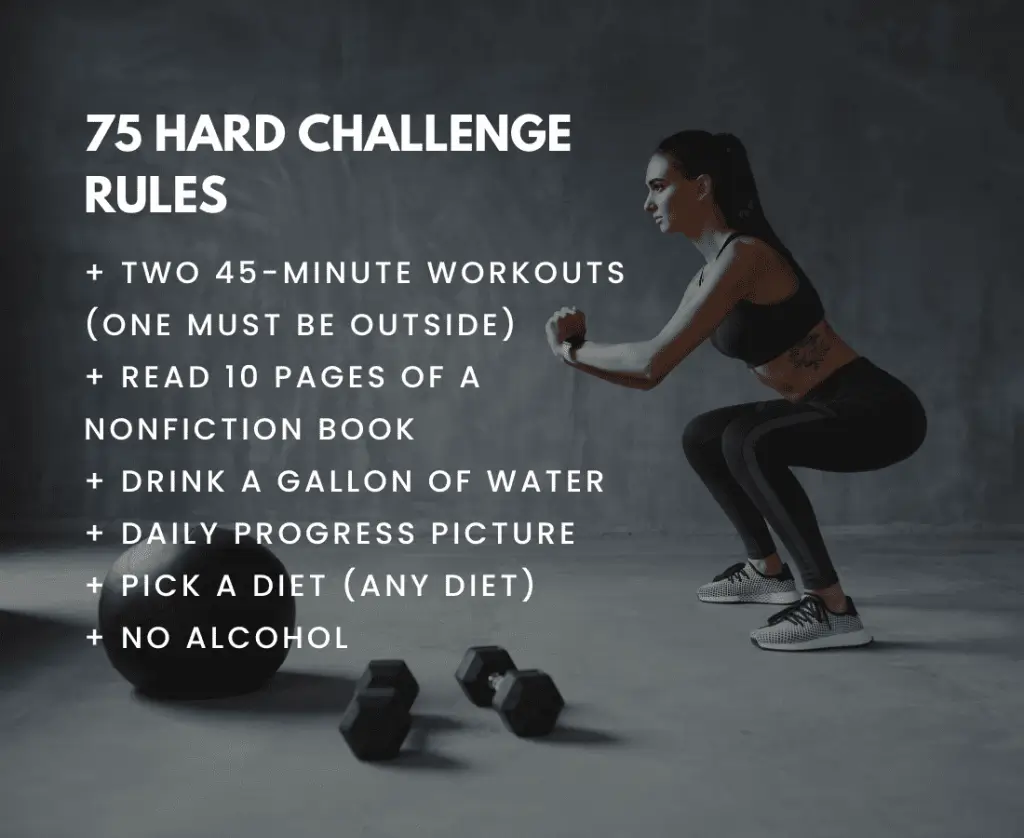The prevalence of metabolic dysfunction in the United States is a concerning reality that underscores the urgency of prioritizing health and well-being. Metabolic dysregulation, encompassing conditions such as obesity, insulin resistance, and cardiovascular disease, poses significant risks to individuals’ quality of life and long-term health.
Against this backdrop, Wendy’s transformation demonstrates the potential for positive change through intentional training and lifestyle modifications.

In this article, I will share the inspiring journey of Wendy, a determined individual who embarked on a transformative experience by participating in a rigorous case study within my training program.
Over six months, Wendy’s commitment and self-discipline have yielded remarkable results, and I’m pleased to share this case study with you.
Wendy started in my fitness program in August 2023.
Wendy expressed that she was interested in improving her life. Over the past few years, she’s fallen in her health further than she would have liked.
Wendy used to be highly active in training and competing in horse racing. However, taking on a new career role changed her lifestyle considerably.
My Program, by its nature, is highly rigorous. We weigh and measure everything. Data is naturally plentiful, and there is no question whether a person is progressing towards their goals.
We added some things for Wendy’s case study, like the VO2 max, ventilatory threshold, and blood pressure.
Below is a list of the things we tracked for this study.
Performance tests:
- Row 500 m for time
- Deadlift for one rep max
- Pull-ups for max reps
- Push-ups for max reps
Lab tests:
- VO2 max
- Ventilatory threshold
- Resting heart rate
- Blood pressure
- Body weight & composition
It is often reported, usually by scientists, that the VO2 maximum test is the “gold standard” for cardiovascular health. I can’t entirely agree.
Your ability to work and perform in the real world is the master test of all tests. Field tests are the gold standard by which coaches measure health and fitness progress. The world and all its complexity is your lab.
If your performance improves, then we know that the underlying mechanisms of the body’s functioning (aerobic and anaerobic energy systems) are improving.
In our Program, every workout is its own test. Workouts that repeat become benchmarks (field tests). A benchmark workout typically comprises multiple exercises (i.e., run, deadlift, pull-up, etc.).
Performance tests
We selected a handful of single-element, primary exercises representing a range of Wendy’s work capacity for Wendy’s performance tests.
Pull-ups and push-ups. Fundamental gymnastics. Very few come into the Program being able to do one good pull-up or push-up.
The pull-up and push-up demonstrate the shoulder-arm capacity to stabilize and move your body. Pull-ups and push-ups are gateway exercises to everything else – handstands, muscle-ups, and brachiation (monkey bars).
Deadlift. Once called the “health lift,” the deadlift is the king of all strength tests. The deadlift challenges the grip, shoulders, back (especially lumbar), hips and hamstrings, and core (midline stabilization).
The deadlift will expose any structural weakness you have. If I know your deadlift, I understand how strong you are. Improving your deadlift will elevate every aspect of fitness.
Row 500 m. The row tests and develops many aspects of fitness – coordination, agility, power, strength, and conditioning.
The faster your 500 m row, the quicker your 2000, 5000, and 10 km row. It requires core-to-extremity recruitment. Power is initiated from the hips and legs and transferred efficiently to the shoulders and arms.
Lab tests
In addition to the performance tracking, we wanted to track changes in Wendy’s metabolism.
Metabolism refers to the chemical processes inside the body that allow life and normal functioning. It includes the processes that break down nutrients from our food and those that build and repair our bodies.
Metabolism is a complicated chemical process that influences how easily our bodies gain or lose weight. Metabolism is influenced by age, sex, muscle-to-fat ratio, amount of physical activity, and hormone function.
Body weight and composition. Having an elevated body fat composition is a known health risk. Excessive body fat, especially visceral fat, is associated with a higher risk of cardiovascular disease, diabetes, certain cancers, hypertension, high blood pressure, type 2 diabetes, gallstones, breathing problems, heart failure, osteoarthritis, and other chronic diseases and conditions.
Our InBody 270 body composition scale measures body weight, water, muscle, and fat. Separating water, muscle, and fat changes is essential to understanding body weight. And not just in the initial stages of training but also over time.
Blood pressure. Having high blood pressure is a well-known health risk for cardiovascular risk. Taking blood pressure is cheap, easy, and worth monitoring. Normal blood pressure is less than 120 mm Hg systolic (upper number) and less than 80 mm Hg diastolic (lower number).
Resting heart rate (RHR) refers to the number of times your heart beats per minute when you are at rest, such as when you are relaxed, sitting, or lying down. The best time to take your resting heart rate is first thing in the morning before you start moving around or have any caffeine.
Most healthy adults have a resting heart rate between 55 and 85 beats per minute. A lower resting heart rate generally indicates a higher degree of fitness, and there is a linear relationship between elevated resting heart rate and the risk of stroke, heart disease, and all-cause mortality.
VO2 max is considered by many to be the gold standard of cardio-metabolic health. The ideal VO2 max varies based on age and sex.
For a 30-year-old female, a VO2 max of 45–52 would be classified as good, and a VO2 max of 52 or greater as superior. For a 30-year-old male, a VO2 max of 49–56 would be classified as good, and a VO2 max of 56 or greater as superior.
Ventilatory threshold (VT) is a significant marker of exercise intensity. VT represents the point at which an individual’s breathing becomes deeper and more rapid in response to the increased demands of physical activity.
This increase in ventilation is related to the body’s attempt to rid itself of carbon dioxide, which is being produced at a higher rate due to increased energy demands. Improvements in VT signify positive changes in cardio-metabolic health, similar to improvements in VO2 max.
Individuals can sustain higher power outputs for a given heart rate as VT improves. Improvements in VT allow individuals to exercise at higher intensities with less perceived effort, leading to the ability to run faster and perform other physical activities more efficiently.
The Program
For the first three months, Wendy did three WODs a week. Her workouts were either strength or metcons (circuits and intervals).
Following the first three months, Wendy increased her workouts to 4–5 days a week and added the 75 Hard Challenge.
The 75 Hard Challenge was started in 2019 by Andy Frisella. The 75 Hard is a rigorous 75-day program designed to cultivate mental toughness and promote self-improvement.

One of the 75 Hard elements requires two 45-minute workouts a day. One of them has to be outside.
We decided that Wendy’s gym WOD would be her high-intensity workout for the day, and the second workout would be a long, slow (Zone 2) effort. And we would keep an eye out for the signs of overtraining.
We made minor changes to Wendy’s diet. Wendy ate a diet that provided enough energy for her workouts while supporting her recovery and body weight goals.
Below is a chart summarizing the changes in Wendy’s fitness over the six months.

In the first couple of months, we saw a slight increase in body weight, followed by a sharp decline. Initial weight gain often happens as a result of increased water retention. Of course, this can be discouraging for people who want to lose weight.
It takes time, often a couple of months, for the machinery of the body’s energy systems to adapt and change to the new stress (exercise) and food intake. Once the energy systems are tuned, like the carburetor on a car, then real change will occur.
Wendy also doubled her activity level after the first couple of months. She added 1–2 weekly gym workouts plus 45 minutes of daily moderate-intensity effort. Without a doubt, this increase in activity accelerated her progress.
When someone relatively new to hard training puts this much stress on their system, monitoring signs of overtraining (e.g., fatigue, insomnia, negative moods, repetitive strain injuries) is essential. Wendy tolerated the added stress on her system as we saw no signs of overtraining.
Since starting in the Program, Wendy’s trajectory has turned 180 degrees. On the trajectory Wendy was on, she was heading into metabolic dysregulation and all the health risks associated with that (e.g., heart disease, stroke, type-2 diabetes, etc.).
However, now she is moving in the direction of health and vitality. We see it in the numbers, and Wendy feels it in the quality of life she now enjoys.
Wendy’s journey exemplifies the profound impact that discipline, dedication, and a holistic approach to fitness can have on one’s life. Wendy’s progress has been nothing short of extraordinary.
As we celebrate Wendy’s transformation, let her journey inspire anyone seeking to revitalize their health and vitality. May Wendy’s story ignite the spark of motivation within you to pursue your path to wellness with vigor and determination.
As of the publication of this article, Wendy reached her first body weight goal of 130 lbs and is celebrating her accomplishments on the beaches of Florida.